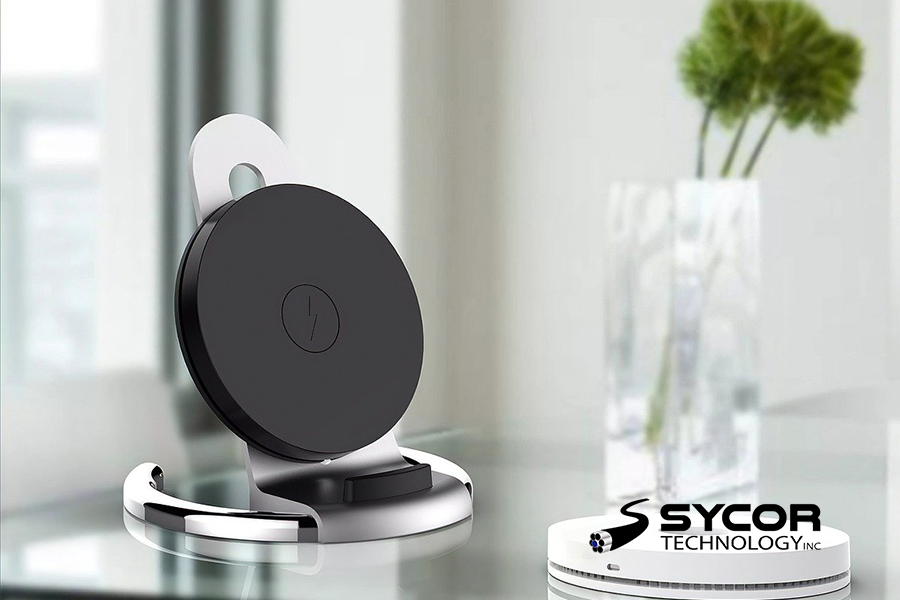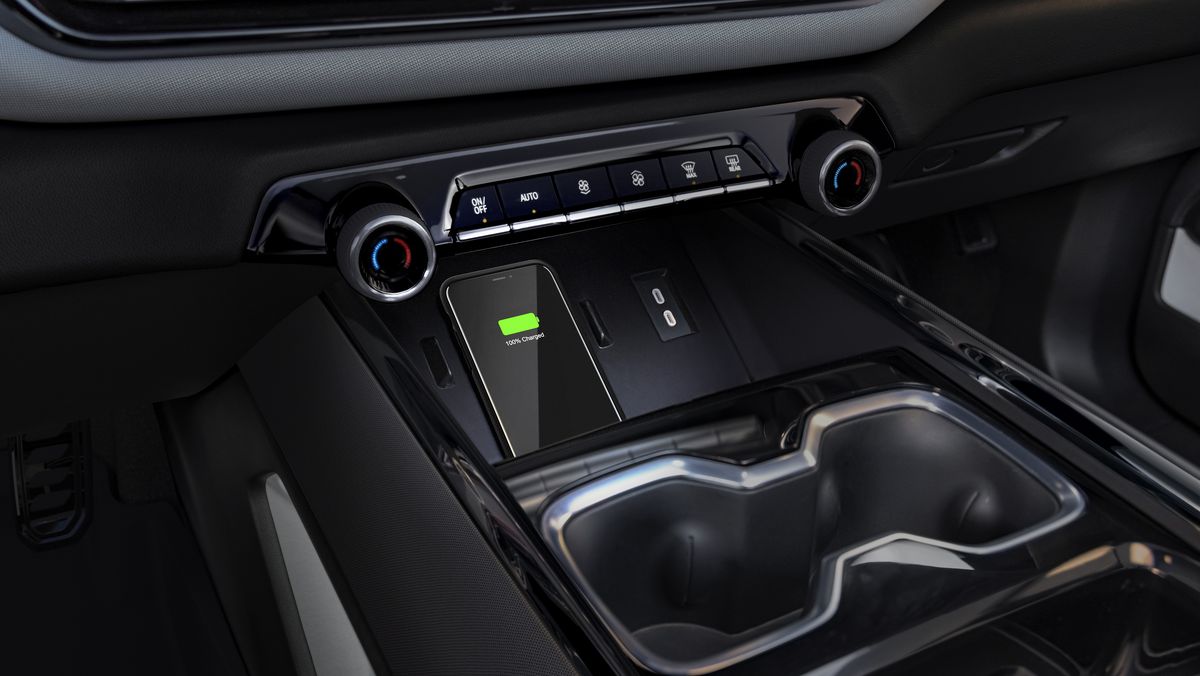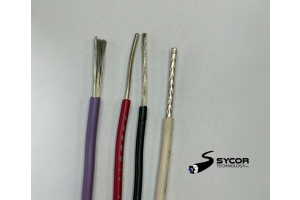
The Era of Tangled Cables:
Up until quite recently, keeping our devices charged meant dealing with a web of cables. While there were steps to be taken in order to keep designated charging spaces clean and organized, this process of detangling still remained an intrinsic part of life for many. Whether firmly planted within the camp of Android or Apple (or especially if the user was found somewhere in-between), there were various wires that were critical to ensuring users were always charged and connected. While the names changed over the years, the problem persisted. whether it was a micro-USB, USB-C, Apple's 30-pin, or their Lightning cables, each iteration promised faster charging and improved connectivity than its predecessor, leading to the obsolescence of the former (and another wire for the junk drawer). However, this is not where the issues ended, other limitations are apparent with wired charging. Cables can be damaged quite easily, and the constant plugging and unplugging leads to wear and tear, reducing their lifespan.

For more information, or to get a better idea of what goes into these types of cables, how they work, and applications they cover other than keeping your phone charged. you can check our page one multi-conductor & multi-pair cables here.
Wireless Charging Enters the Fray:
Wireless charging, although a relatively recent innovation, has roots that trace back to the late 19th century when inventor and engineer Nikola Tesla experimented with the concept of transferring electricity wirelessly through the air. An experiment that if proved viable would revolutionize consumerism, energy transmission, and consumption. Unfortunately for Mr. Tesla, the Wardenclyffe Tower was never able to surpass the usability of the power cable. Fast forward to the 21st century, and it seems that Tesla was thinking too big, as this idea has materialized into a practical solution for users on a much smaller scale. So much so that it is continually becoming adopted in more aspects of life.

In essence, the most common form of wireless charging for personal devices involves electromagnetic induction, where an electrical current creates a magnetic field. This magnetic field then transfers power between two coils, one in the charging pad and the other in the phone (or other wireless charging-enabled device for that matter). This allows for the transmission of energy without the need for physical connections. Furthering this technological development, the introduction of Qi (pronounced "chee") wireless charging and soon-after standardization by the Wireless Power Consortium marked a significant milestone in the widespread adoption of this technology. Establishing a universal platform for manufacturers to integrate wireless charging capabilities into their devices. This move propelled the popularity of wireless charging, making it not only a sought-after feature in modern smartphones but also within physical spaces that users frequent. As an example, most new cars include an option for a wireless charger built into the car itself, meaning that it is now becoming increasingly normalized for there to be a devoted cubby for personal electronics. Additionally, furniture too is now being designed with device charging not only as a feature, but a luxury. No longer constrained by the limitations of cables, individuals can simply place their smartphones on a charging pad, effortlessly replenishing their battery life. transforming users' charging rituals into a seamless and unobtrusive part of daily life.

Despite its convenience, wireless charging does have its limitations. Charging speeds may be slightly slower compared to wired charging, and the need for physical proximity between the device and the charging pad remains a constraint. Even still, research and advancement efforts continue to address these challenges, aiming to enhance the efficiency and versatility of wireless charging technology. Leaving one to speculate how much better these affordances may become, or even what’s next.
What Is The Future of Wireless Charging:
One of the most promising advancements in wireless charging comes from a research group at Sejong University in South Korea. The team had been working on a device that would utilize infrared light to transmit 400 mW of power at a range of nearly 30 meters. This would mean that given that there is a clear line of sight and compatible device within range, there would essentially be a field in which a user’s device would be charged, the caveat being that there are currently no solutions to the adverse effect caused by prolonged exposure within this field. The primary hurdles to tackle include mitigating “skin aging” (the diminishing of the skin’s antioxidant capacity), and damage to the eyes caused by direct exposure to emitted radiation. Suffice to say—at least for the time being—Qi charging is still the safest bet for users who wish to avoid a rat’s nest of charging cables.
[Source: Sejong University]
Orbiting Solar Farms:
The second, and much more science fiction-esc development involves much more long-range energy transmission. Multiple National Space agencies researching the viability of orbiting solar farms that utilize directed microwave radiation to transmit power. This option too faces several hurdles, both in production and operation. The first of which being the glaringly obvious, sending things into space costs a lot of money, Secondly, cloud cover still persists as an issue for these orbital solar farms, albeit in the transmission of power back to Earth rather than blocking sunlight to the solar cell. And most concerning of the proposed obstacles, is that the energy being sent to Earth has to be directed somewhere, and with both objects in constant movement on a planetary scale, ensuring that alignment is completely accurate so as to not damage the surrounding environment. To take this issue to an extreme, who would be trusted to operate such a device, one that if its targeting is altered, can become a pseudo-space laser weapon straight out of a certain space-faring action movie. Speculative paranoia aside, a source of power such as an orbital solar farm would serve as the pinnacle of technological advancements in the realm of wireless charging capacity, however, whether it will stay science fiction or become science fact is yet to be seen.

[Source: IEEE Spectrum]
For more information about us:
Call Toll Free - 1.800.268.9444 or Email Us - [email protected]





